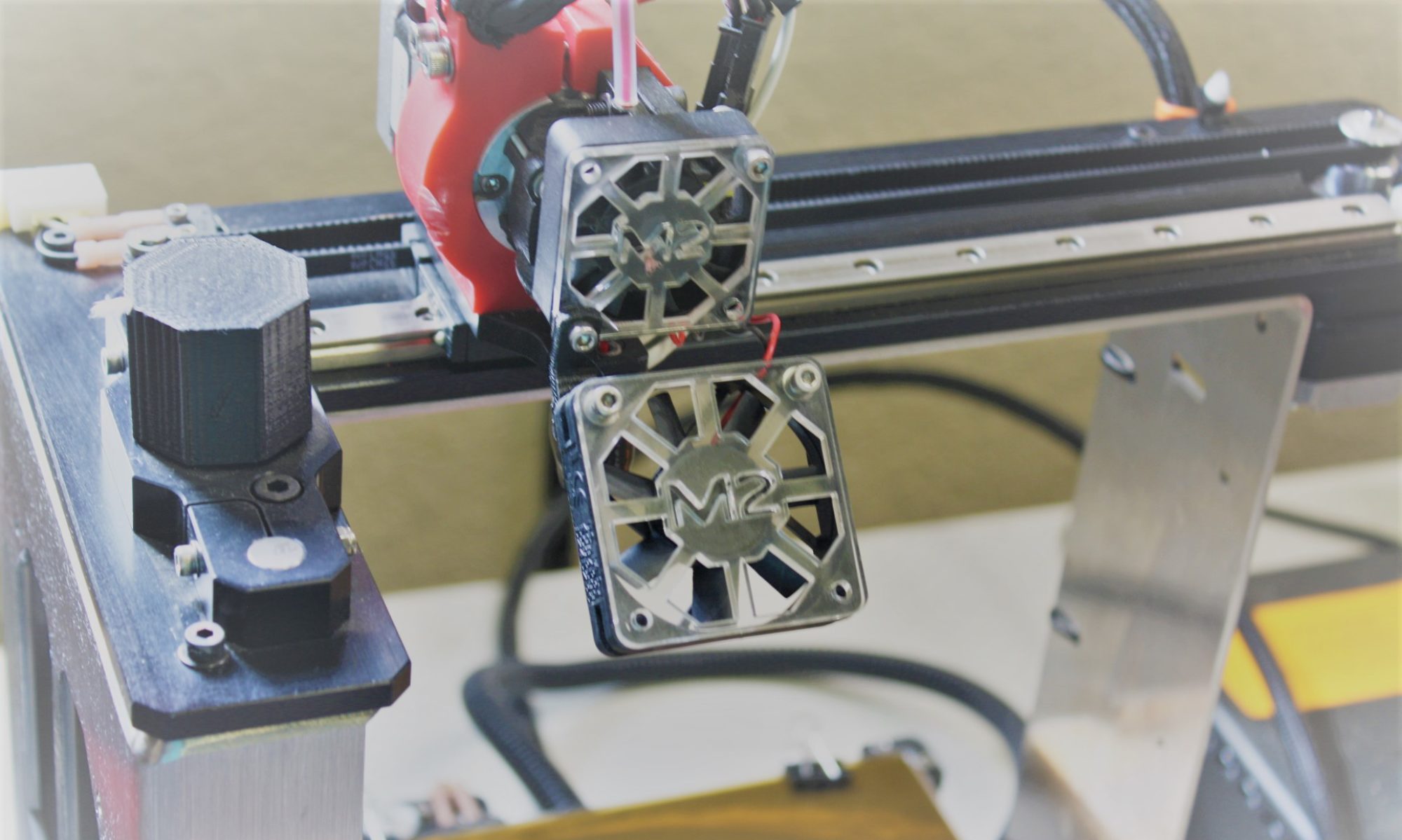I like the things I build to have robust connection points. In other projects, I’ve come up with small 3D printable pieces that allow me to “panel mount” Anderson PowerPole connectors as well as 5.5 mm barrel jacks. I reused these concepts here. I use three powerpole connectors for my controller wiring.

In order to give them something solid to be attached to, i framed the foam track with 1/16″ thick 1″ leg angle aluminum. I used Gorilla Glue to attach the aluminum to the foam.

I used a power drill and some files to create the square hole for the barrel jack to protrude through. I also made a little template to make it easy to drill the pair of mounting holes.
I didn’t want the aluminum to be directly in contact with the surface it might be sitting on, so I made 3D printed plastic corner pieces to cover up the corners.

To complete the project, I put a bead of grey caulk around the top edge of the aluminum and foam to fill the gap. I also purchased these variable voltage power supplies from Aliexpress, so it is easy to change the track voltage.








